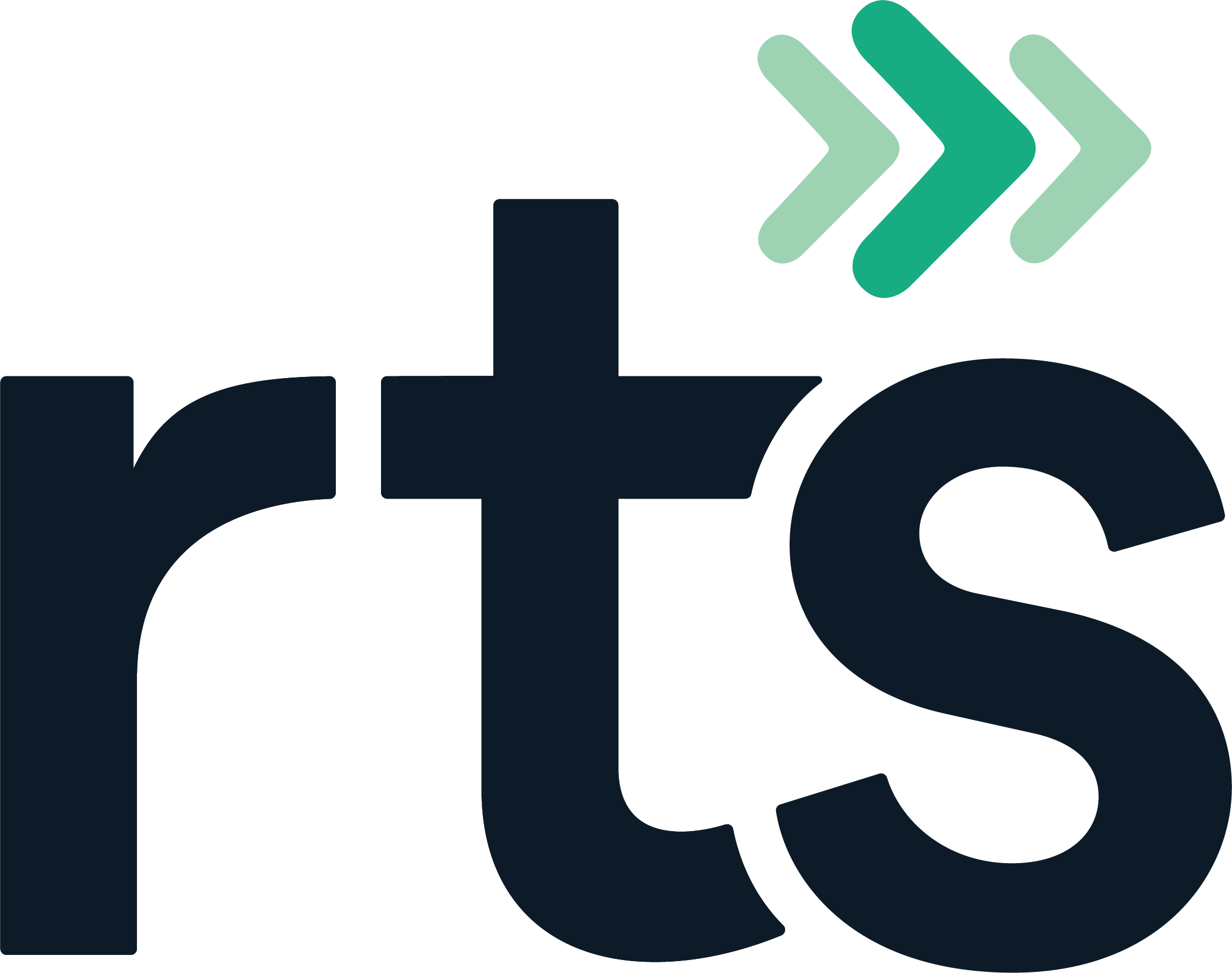The phrase “circular economy” is a catchphrase being used more and more to describe a more sustainable way of making, reusing, repurposing, and recycling the goods we produce as part of our modern way of life. In the current linear economy, the vast majority of goods are produced, used, and then disposed of in landfill or incineration. In the circular economy model goods would be made with the vision of being reused multiple times as they travel through the economy in a circle from production, use, reuse, repurpose, recycling, and remade into new goods.
In its most basic form, the circular economy means everything we produce should be capable of being used again and again without having to dispose of the materials. Sound crazy? Well before you throw up your hands and say “Impossible!” take a look at the world around you and think about how this is already happening in your own backyard (hint - the leaves in your backyard are an example of a circular process).
The idea of the circular economy originated from observing natural ecosystems which are excellent models of circular economies in action. Leaves fall from trees, decompose into the soil which then supports the growth of more trees which produce more leaves, and the cycle continues. There is no waste as its part of the cycle is linked to another stage of the product lifecycle which is designed to work seamlessly with the next part of the circle.
A good example would be if humans designed trees, we would have huge landfills of leaves because the idea of what to do with the leaves when they fell off would be to simply bury or burn the leaves instead of having a circular cycle. And yes, if you’re wondering this is a good excuse to stop raking leaves in your yard this fall, see this link if you need backup to support your new circular economy yard.
How Can Canadians Advance the Circular Economy
Production shortages and supply chain issues have been troublesome for countries all over the world and yet the backlog of orders is growing. However, Canadians can lead the charge on advancing the circular economy, and through many tactics we can support the sustainability of the environment and its natural beauty. Changing our way of thinking from convenience to consideration we can alter the design process for products in all industries. Before making purchase decisions follow this checklist to help make sustainable choices:
1. Does this product/service use recycled materials or recycle its output in some way?
2. Can I find this refurbished from a reputable source?
3. Can I support a sharing program/app/business/library/service that also can provide me a solution to my need?
4. Quality over quantity, does this company design smartly by building in the capabilities to be reused, refurbished and responsibly dismantled?
5. Can I repair my old/previous product?
6. Is there a company/business/organization that will offer a take-back or usage solution if I need to discard or donate my item?
 https://wrwcanada.com/en/our-themes/waste-reduction-week-daily-themes/monday-circular-economy-kick
https://wrwcanada.com/en/our-themes/waste-reduction-week-daily-themes/monday-circular-economy-kick
Five Business Models of Circularity
The idea of a circular economy does not have to be as simple as everything must be recycled.
There are different models to support increasing circularity including:
- Circular supplies: Supply fully renewable, recyclable, or biodegradable resource inputs to support circular production.
- Resource recovery: Eliminate material leakage and maximize economic value of product return flows.
- Product life extension: Extend the current lifecycle of a product: repairability, upgrading, reselling.
- Products as service: Stimulating collaboration among product users.
- Sharing platforms: Products are used by one or many customers through lease or pay-for-use arrangements
This graphic from our friends at Waste Reduction Week Canada is a great example of how these different models can work.

Did you know that services such as Spotify or Netflix are an excellent example of a more circular economic cycle? Instead of purchasing thousands of CD’s or DVD’s we now can just use the product when we want it and not have to dispose of anything when we are finished. Remember how many CD’s many of us had in the mid 1990’s? Hint: It was billions and billions – whoa! Check out other fascinating compact disc facts here to amaze your friends and family! Think of all the waste that was created as we purchased new music and got rid of the CD’s which were not easily recycled in many parts of Canada.
Large CD and DVD collections were a common sight in Canadian households during the 1990's but today are becoming less common with streaming services such as Netflix and Spotify.

If you’re looking for more ways to go in circles check out the awesome group at Circular Economy Canada which is helping to get Canada on the road to more circles and less trips to the landfill. To truly go circular, we’ll need involvement from all levels of industry, government and citizens to transform our linear economy into a rounder, more sustainable circle of economic growth.

.png?width=371&height=500&name=Untitled%20design%20(12).png)
